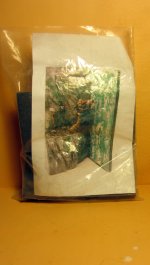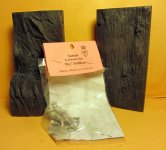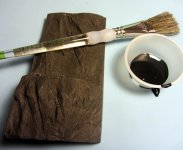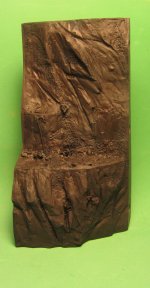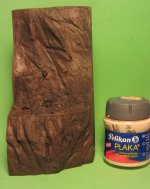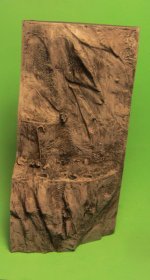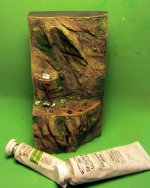Wolfgang_UK
Staff Sergeant
- Joined
- Dec 5, 2009
- Messages
- 836
Hallo,
After a much too long brake from the hobby I felt it was time for a nice straight forward painting job again.
I just wanted to turn away from my Elastolin's for a while. Not sure about which subject it should be I decided it should be (first of all) "GLOSSY", civilian - most likely Victorian and easy to paint up.
Nothing like that in the "Unbegun Project Box" but the december London Toy Soldier Show came to the rescue.
Again Good Luck at the SARUM TOY SOLDIER stand - exactly what I had on my mind, almost like produced on demand. What a nice kit indeed. Well known subject not only for the TOY SOLDIER collector, two figures telling a (well known) story and a fantastic scenic piece with lots of room for the brush to go mad while painting. Oh yes and glossing it all up should be fun.
I decided to take some shots on each step I was to undertake so there are some pictures to be looked at. Since I knew from the start that I was going to try out something new here and there I hope that some fellow collectors might find one or another interesting point in the following.
This is what you get - Enjoy
regards
Wolfgang
Time for the first pictures:
After a much too long brake from the hobby I felt it was time for a nice straight forward painting job again.
I just wanted to turn away from my Elastolin's for a while. Not sure about which subject it should be I decided it should be (first of all) "GLOSSY", civilian - most likely Victorian and easy to paint up.
Nothing like that in the "Unbegun Project Box" but the december London Toy Soldier Show came to the rescue.
Again Good Luck at the SARUM TOY SOLDIER stand - exactly what I had on my mind, almost like produced on demand. What a nice kit indeed. Well known subject not only for the TOY SOLDIER collector, two figures telling a (well known) story and a fantastic scenic piece with lots of room for the brush to go mad while painting. Oh yes and glossing it all up should be fun.
I decided to take some shots on each step I was to undertake so there are some pictures to be looked at. Since I knew from the start that I was going to try out something new here and there I hope that some fellow collectors might find one or another interesting point in the following.
This is what you get - Enjoy
regards
Wolfgang
Time for the first pictures:



